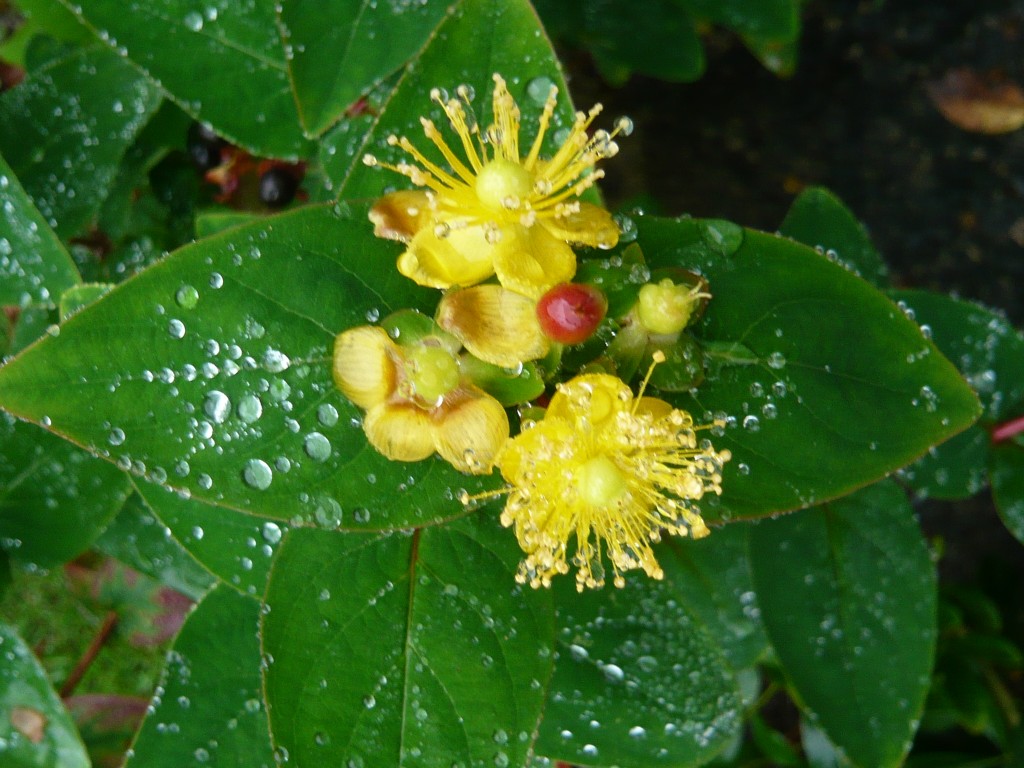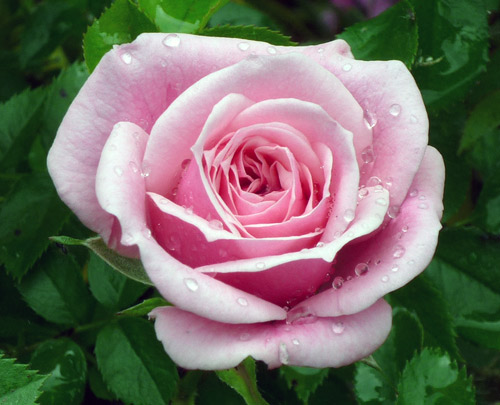Foliar Feeding Hints & Tips Frenzy
Foliar feeding does at least some good. First and foremost it makes me, the putative garden expert, think I am doing some good for the plants in my care. If the fertilised plants pick up any extra nutrients so much the better. If they also repay me with a better crop or display then wow!
What is Foliar Feeding
Foliar feeding is the method of supplying nutrients to plants through their foliage. It involves spraying water-dissolved fertilizers directly on the leaves. Many believe that foliar feeding is preferable to soil application and that it is associated with higher yields and better quality. However I am firmly of the belief that both forms of fertiliser application is best.
Foliar feed can involve the drenching of leaves and stems with suitably diluted liquid fertilizers. This allows nutrients and trace elements to pass into the plants system through direct leaf and stem absorption.
Greenhouse spraying helps humidity and the removal of dust from leaves so why not add some weak feed to the spray and add nutrients to plants through their foliage.
I personally believe this method is a supplement to normal root based feeding which is naturally derived from water uptake.

How to Foliar Feed
Mix up your chosen feed by diluting concentrated liquid feed or dissolving fertiliser salts in warm water. Using a very fine spray apply the solution on top and under all the leaves.
Evening is the best time for plants to be treated with a foliar spray without jeopardizing the plants other root based feeding schedule and risking burn from strong sun.
Small amounts of nutrients should be applied little and often. I find foliar feeding useful for specific situations such as ailing plants in need of a ‘pick them up’. I spray the leaves of tomato plants all over.
To increases the retention of the spray solution, by reducing the surface tension of the droplets, add a surfactant like a couple of drops of vegetable oil in the spray. This will contribute to a more uniform coverage of the foliage.
Benefits of Foliar Feeding
- Foliar spray promotes earlier flowering, stronger fruit set, and stronger, faster stem and leaf development. Seaweed extracts added to a regular foliar spray make nutrients available fast and thus quickly reverse nutrient deficiency.
- Differnt foliar feeds vary, some can create more branches with some increasing the number of flowering sites while the plant is in the flower stage. Others help with the overall health of your plant by combating deficiencies, pests, and diseases.
- Foliar feeding is useful when environmental conditions limit the uptake of nutrients by diseased roots or the presence of pests or nutrient imbalances in soil caused by high or low soil pH
- It can act with a fungicide and cure powdery mildew or be mixed with insecticide in the same spray routine.
- Overall plant protection is another benefit of foliar feeding with seaweed products. Antitoxins they contain repel some insects, as well as mildew and bacteria, by using the same chemical defenses that protect algae from bacteria and virus in the ocean. Because kelp contains compounds that reduce or prevent mold growth, shelf-life increases for fruits and vegetables grown with seaweed enhancement
- Where yields have already reached their potential, foliar feeding can help to maintain those levels by providing nutrients quickly when a deficiency is threatening to reduce yields.

Pink Rose Dew
Claims for Foliar Feeding
Tests have shown that foliar fertilizers can be 8-10 times more effective than soil feeding. Foliar spray fertilizers are a good way to supplement the nutritional needs of your plants. Roses are heavy feeders and still need good fertile soil.
Quicker than watering in granular fertilizer, 90% of a foliar feed could be found in the smallest roots of a plant within 60 minutes after application. Used as a short term fix a couple of days after a foliar feed the plants should be bright green and healthy again.
Many believe that foliar feeding is better than soil application and is associated with higher yields, and better fruit quality. Foliar feeding will provide the quickest response of the plant to a nutrient application.
Types of Foliar Feed
Comfrey tea is packed with potash and nitrogen and is very easy to make from fresh comfrey leaves brewed as a tea then mixing one part comfrey tea to 10 parts water for a foliar spray.
Proprietary products may be designed to feed sugars and other carbohydrates as a foliar feed that can help the plant to release more of it’s own carbohydrates through the roots. When you combine the increase in fertiliser efficiency, along with the increased speed in nutrient uptake, it’s easy to see why foliar feeding has shown to be a key factor in increasing yields.
I use a weak solution of tomorite or other liquid fertiliser on a rotation basis. Many times I will add seaweed extract or home made organic fertiliser.
Potential Foliar Feeding Problems
- Like many quick fix solutions the advocates of a system can overstate the case and there is such a danger with foliar feeding. Even worse spray can become baked on to the surface of the leaf which can then have detrimental effects on the leaves ability to photosynthesize by preventing CO2 and oxygen from entering and leaving the plant.
- Stick to the dilution rates on the label or even over-dilute the foliar spray less is often more. Don’t use a mix that could be too strong for your plant as it may burn the leaves.
- Do not go beyond a good soaking of the leaves to avoid a chemical build up that blocks the (stomata) leaves.
- Because you are injecting nutrition straight into your plant it is easy to over-feed and damage your plant. Signs of over feeding include the tips of the leaves going dry, yellow and crispy due to excess salts dehydrating the leaves. Other problems include a darkening of the new leaves, showing nitrogen toxicity and distorted or misshapen growth as the plant tries to grow faster than it can cope with.
- Foliar feeding can be a powerful ally supercharging your plants ready for bumper yields. However, there is a catch. If it is not carried out correctly, it can have such a detrimental effect on your plants that they could be dead within 24 hours.
- The bio-stimulants and plant hormones improve photosynthesis, the sugars fuel the growth, the trace elements and amino acids ensure growth is healthy but you have heard the phrase ‘killed with kindness’.

Seaweed Extract
Seaweed product can provide plant protection that repel some insects as well as mildew and bacteria by using the same chemical defenses that protect algae from bacteria and virus in the ocean. Because kelp contains compounds that reduce or prevent mold growth, shelf-life increases for fruits and vegetables grown with seaweed enhancement. My tomorite liquid feed has seaweed extracts already added.
‘The most common seaweed fertilizer is made from Ascophyllum nodosum, commonly known as rock weed. It’s a fast-growing brown alga that’s oxygen rich and exceedingly dense in important elements such as iron, zinc, copper, manganese, and boron’.
Kelp’s hormones survive processing and trigger elongation and cell division for increased growth in all plants. When applied to soil, seaweed hormones increase root bulk 67-175 per cent. It’s a fine soil conditioner and helps retain moisture in the soil too.
Hydroponics
I grow my tomatoes in a normal compost filled pot with a wick leading into a bath of nutrient. A number of manufacturers produce liquid concentrates ideal for similar hydroponic growing with all the micro-chemicals needed.
When using hydroponic methods make certain the fertilizers contain a complete balance of all the essential nutrients that plants need. For that reason home made fertilisers and ‘teas’ are less suitable.